Sound Deadening & Thermal Insulation; What to use and where!!
- Nov 1, 2023
- 5 min read
Updated: Feb 23
COUPON CODE 10% : FORUM10
Starting your build off with some very simply installation advice is always a result!
We aim to list a few generic areas and products which suit best. Of course there are lots of ways to complete any build and its not always as easy as a exact fit. Sometimes budget, size of vehicle and usage comes into consideration.
There are also lots of videos out there offering domestic products which are adapted to use in a van where their primary purpose was not designed for such as insulation board (PIR/Celotex for brand name). This is where you will find lots of poor advice.
Some people talk of using Celotex or PIR boards, of course this is an option for some builds, many like to use automotive products. We looked this topic here to inform installers and self builders to consider all options but generally you will be asking for issues by leaving gaps behind the board and they are not designed to be efficient in this way against a steel panel.
Forum Myth busters
We often see forums repeating bad advice, here are a few common mistakes you should watch out for....
Beware of any product that promises to cure all issues in one application. Structural noise, soundproofing and insulation require specific layers.
Flashing tape is not the same as sound deadening. While it adds some mass to the panel it is bitumen based and will perform very badly as a vibro-damping material and will degrade over time with vehicle temperature variations
Foil bubble wrap is not adequate insulation. While it is a very cheap solution it offers minimal thermal insulation and has very poor to zero soundproofing abilities. With basic thermal conduction principles it will very quickly become as cold as the outer skin causing condensation not only behind the foil but also on the inside of the van
Glass fibre and wool based "loft" insulation while thermally very good can absorb moisture. When used in a van prone to condensation, it is not the ideal environment for this type of product.
Vapour Barrier. A total big no no. Barriers have been adapted for use with also adapted domestic insulation materials such as PIR boards for use in a van which is not their primary purpose. If you line it properly using vehicle specific materials, you only need to run the thermo liner over the panels to stop any warm air from reaching the panel and that's it. Nothing more needed, it needs to vent and breathe with plenty of air flow around the linings. Celotex, foil bubble foil, you are asking for issues! You need your liner and insulation to breathe, not seal in any warm air. A vapour barrier will not stop heat reaching cold panels which will condensate when cool... its simple science of heat conduction. A thin foil liner will conduct heat through the material giving way to warm air in the sealed cavity due to poor insulation in air cavities.
Floor insulation; Common misconception is the floor insulation where the main focus here is acoustic isolation, the majority of products target low frequency road roar making a much quieter ride.
Check out Dodo Duo or CTK Sandwich [https://www.customveedubs.com/flooring]
We have a wide variety of products which suit most budgets online. If you are looking for a budget installation, Dodo Dead-Ezy which is a budget product new release worth looking at.
Insulation: Dodo Thermo Liner Pro (customveedubs.com)
If a Crafter or large vehicle is your build, we have a few best fit packages too. We can usually offer a discount on larger packages so always worth getting in touch with us albeit our prices tend to be the best available.

STAGE ONE: SOUND DEADNEING
Sides & Roof
The most common product we sell is Silent Coat and CTK. This is a butyl deadening fitted first which will stop panel bounce and resonation. If youre adding Thermo Liner Pro, you can usually drop coverage down to 50% for best the outcome, again you need to consider weight and cost. DEADN Hex is the lightest of all deadening products weighing in at 250gms per sheet and 2.65kgs per sqm with CTK Practic coming in next at 640gms per sheet and 3.43kgs per sqm but a larger sheet size at 500mm so preferable in larger vans with larger panels.
Once you have chosen your deadening package you can move on to choosing your insulation package suitable for the use of the vehicle. Its important to know the difference between sound deadening and insulation with the impacts they have on sound and heat isolation. We covered this here
STAGE TWO: INSULATION
Roof
The same advice applies here to the sides, obviously you need to consider if you are installing a pop top on small vans as to the amount of sound deadening & insulation to add. It is not unheard of to use a thicker liner on the roof to reduce heat loss and the thinner on the sides to save weight. Insulation will not only stop the temperature sways on the panels, it will also stop any warm air finding its way to the panel, therefore stopping all means of condensation. It will also reduce airborne road noise which are the low frequency acoustics.
Panels Run the Thermo Liner directly over the Sound Deadening, fully covering each panel, this is designed not only to stop large sways in temperature but will retain heat from inside the vehicle. Fit the deadening & Thermo liner before any electrical installations.
Floor
The best setup would be to use DODO MAT DEADN DUO with 9mm strips bonded to the floor, Duo fitted over and a ply floor on top. We cover this here. This comes in 4.5mm and 7mm and can be used to save on height, especially around a build with an interior kitchens and units similar to a Crafter.
Dodo Deadn Duo is a multi layer product which combines Dodo Hex Sound Deadening with Dodo Super Liner to give an acoustic and thermal isolation all in one product. Low frequency road roar is the aim here, not just warm feet. Many people do not install a covering on the floor and not only do they wish they had but it is also almost impossible to refit once the van is kitted out.
A cheaper option is to use either a butyl deadening alone to mass load on the floor rather than Dodo Duo such as Silent Coat or CTK. CTK comes in a larger 500mm sheet size so perfect for larger areas. The floor is all about mass loading the area to stop and isolate the road roar and the sound frequencies that come with it.
Cab area
This is an area which is missed out the most being an additional cost and extra work to remove the carpet and front seats or the headliner in a Crafter or similar to insulate.
A 30 pack of Silent Coat or CTK is usually enough to cover the area with a small amount of liner on the roof area to reduce heat loss.
There will be a surprising amount of condensation under the cab lining when removed so its always an area worth installing with a liner too. Usually either plan into the volume required or an extra 12mm Liner 3sqm will fit
What is really important for any build is to consider the cost, weight and coverage...
For package deals check out our deals here
Useful links



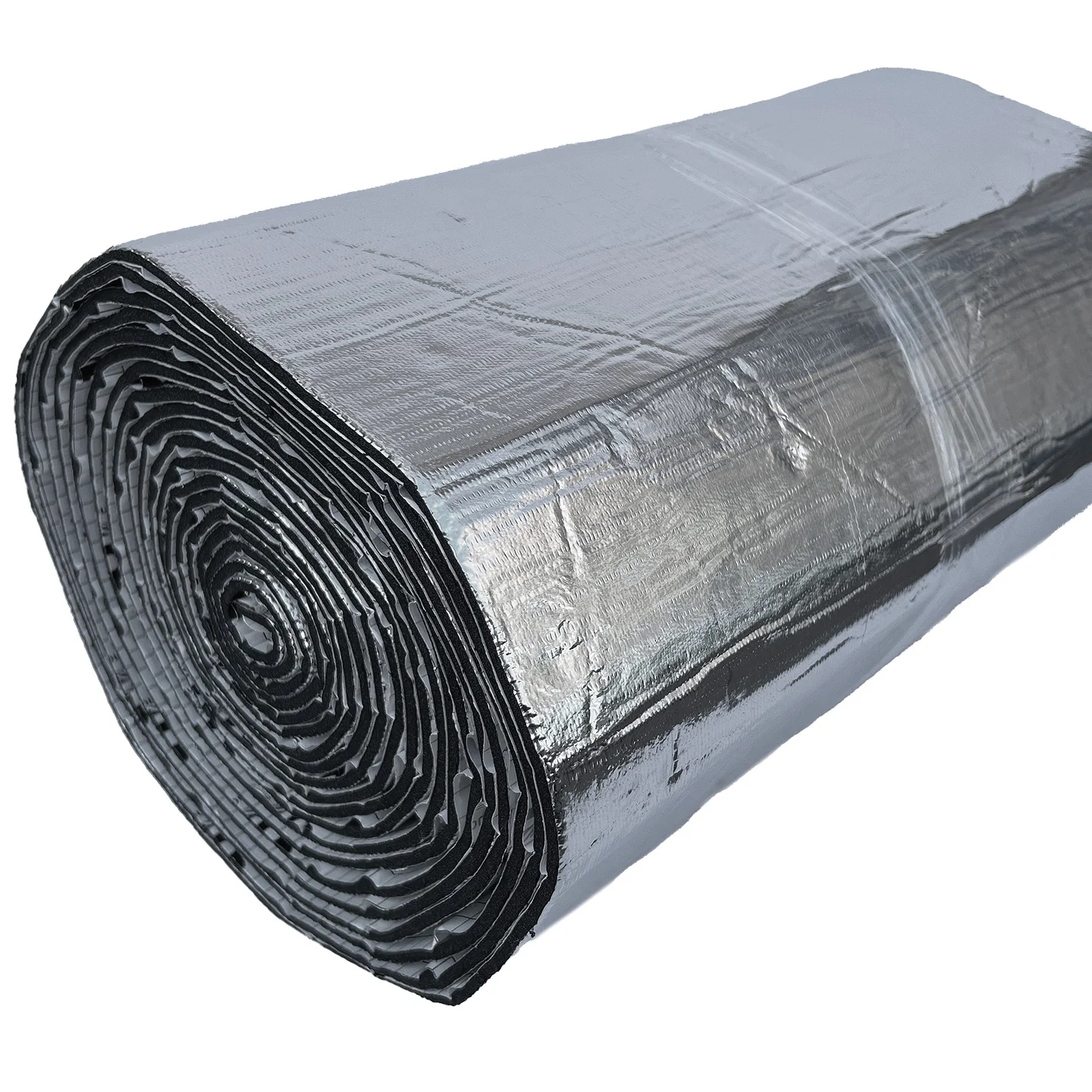
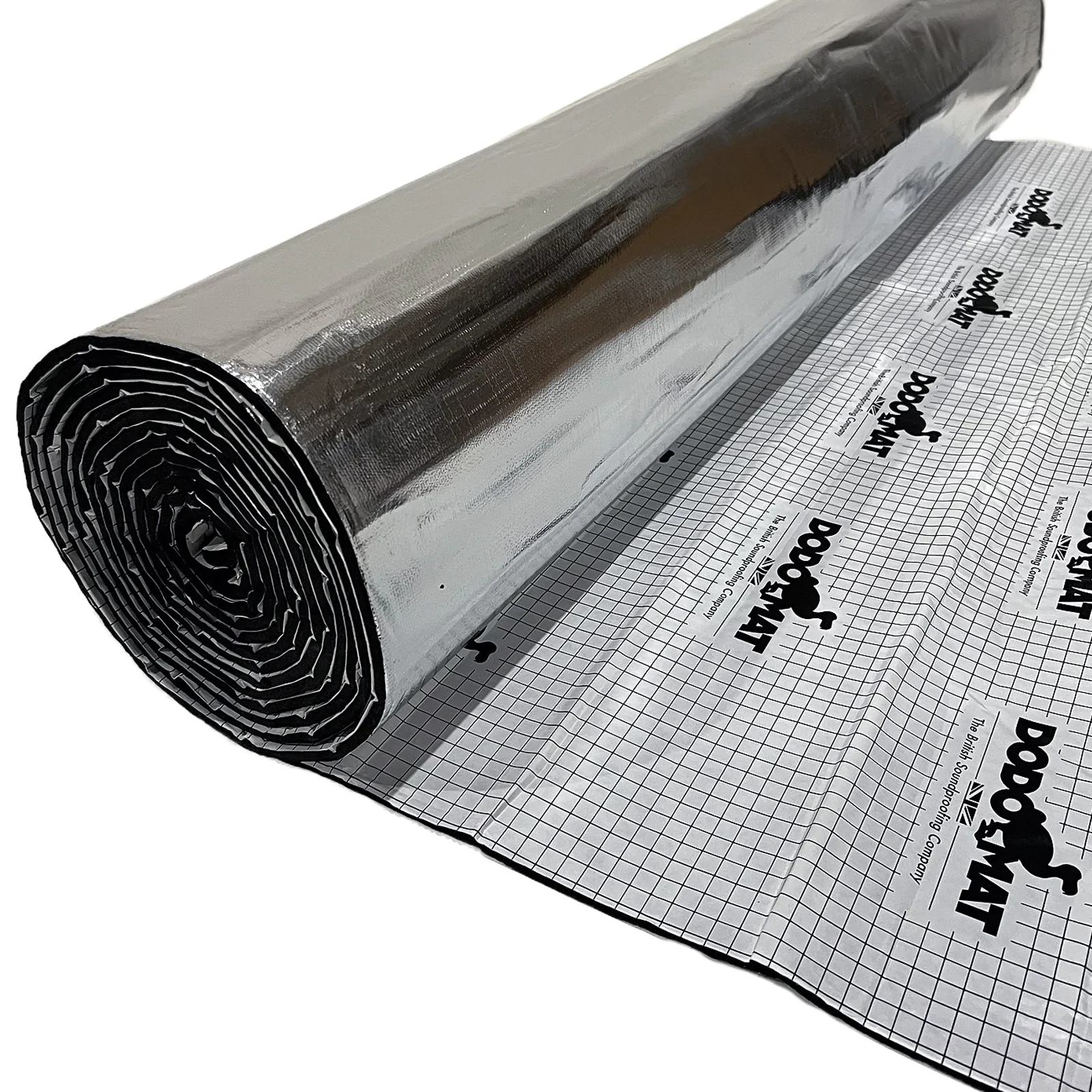



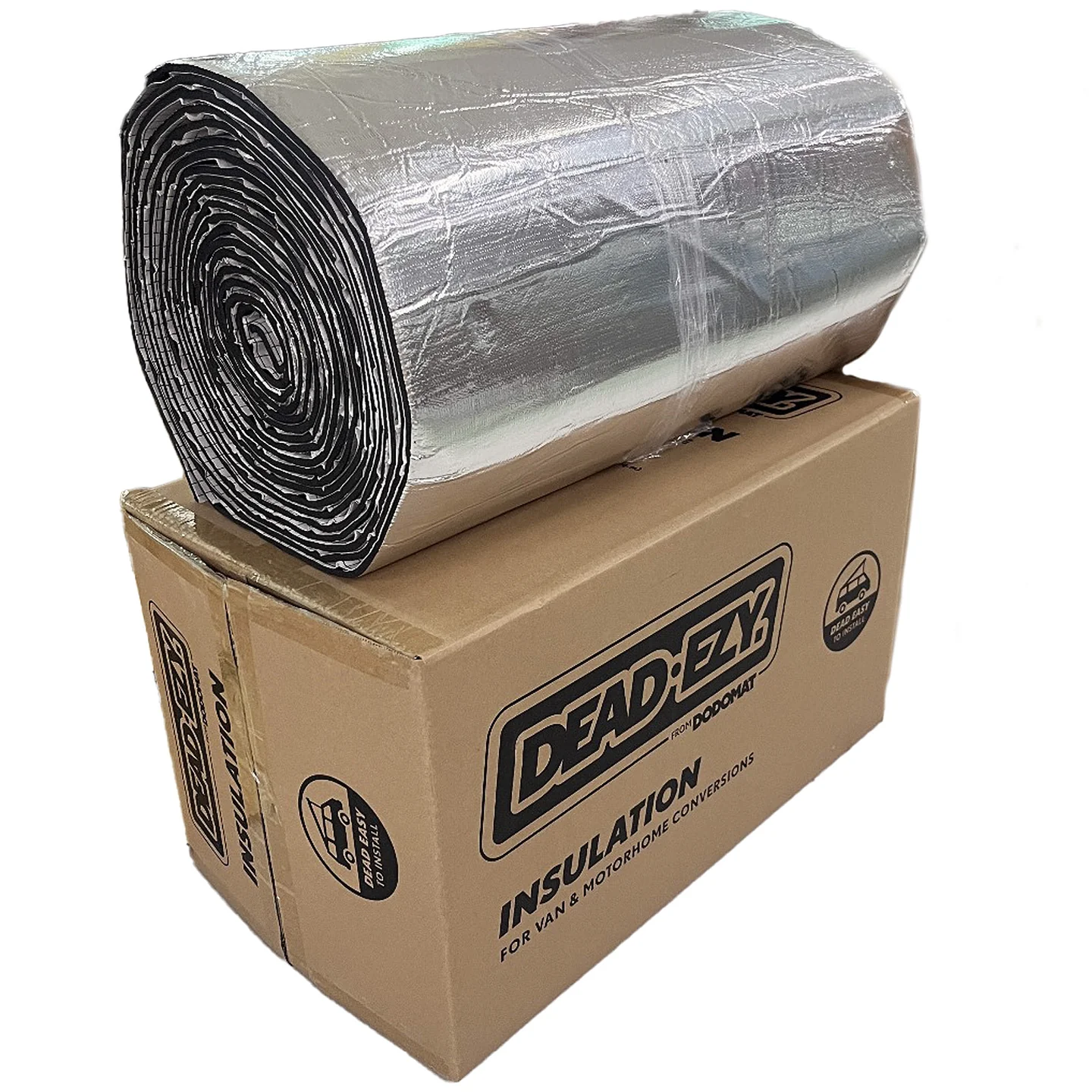
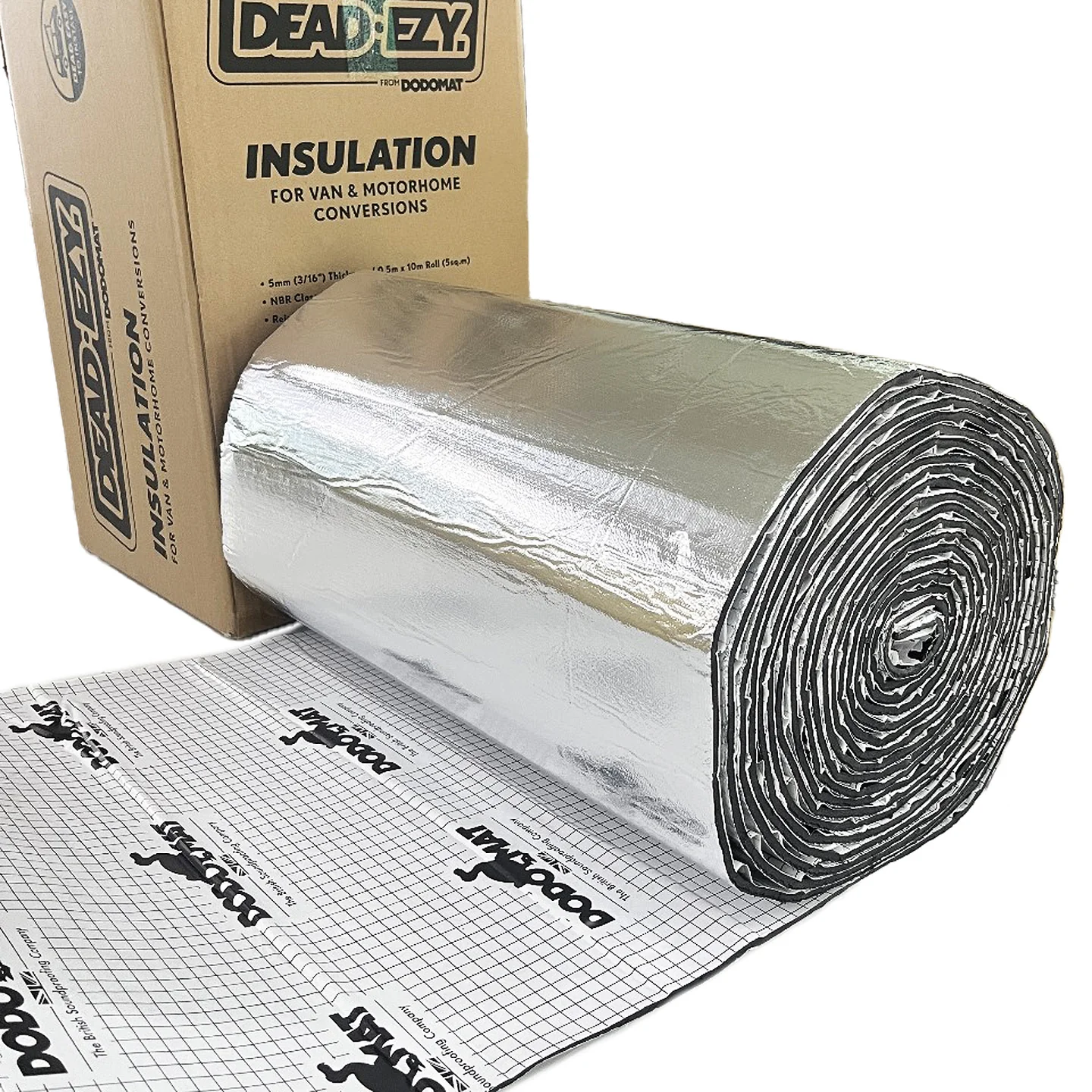
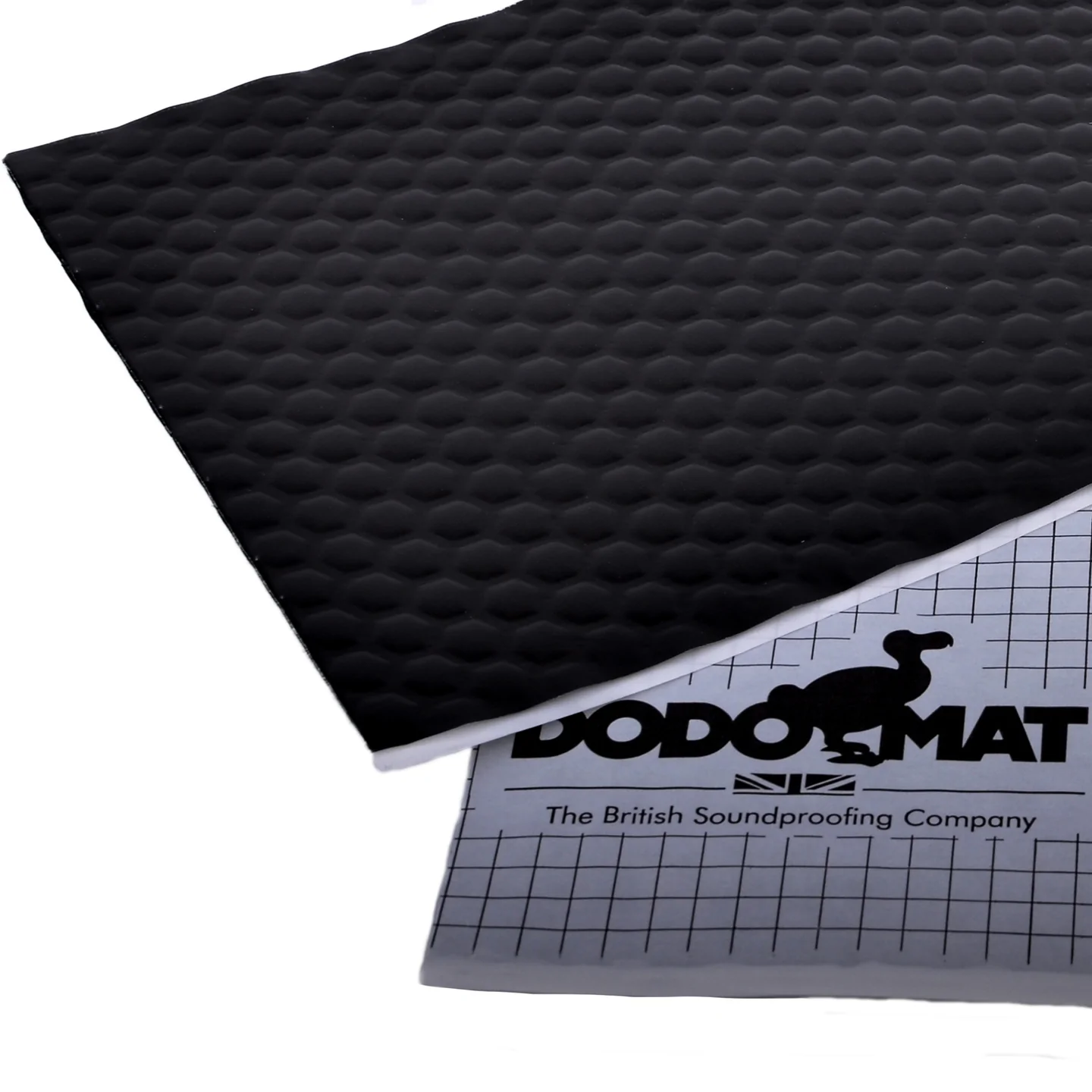

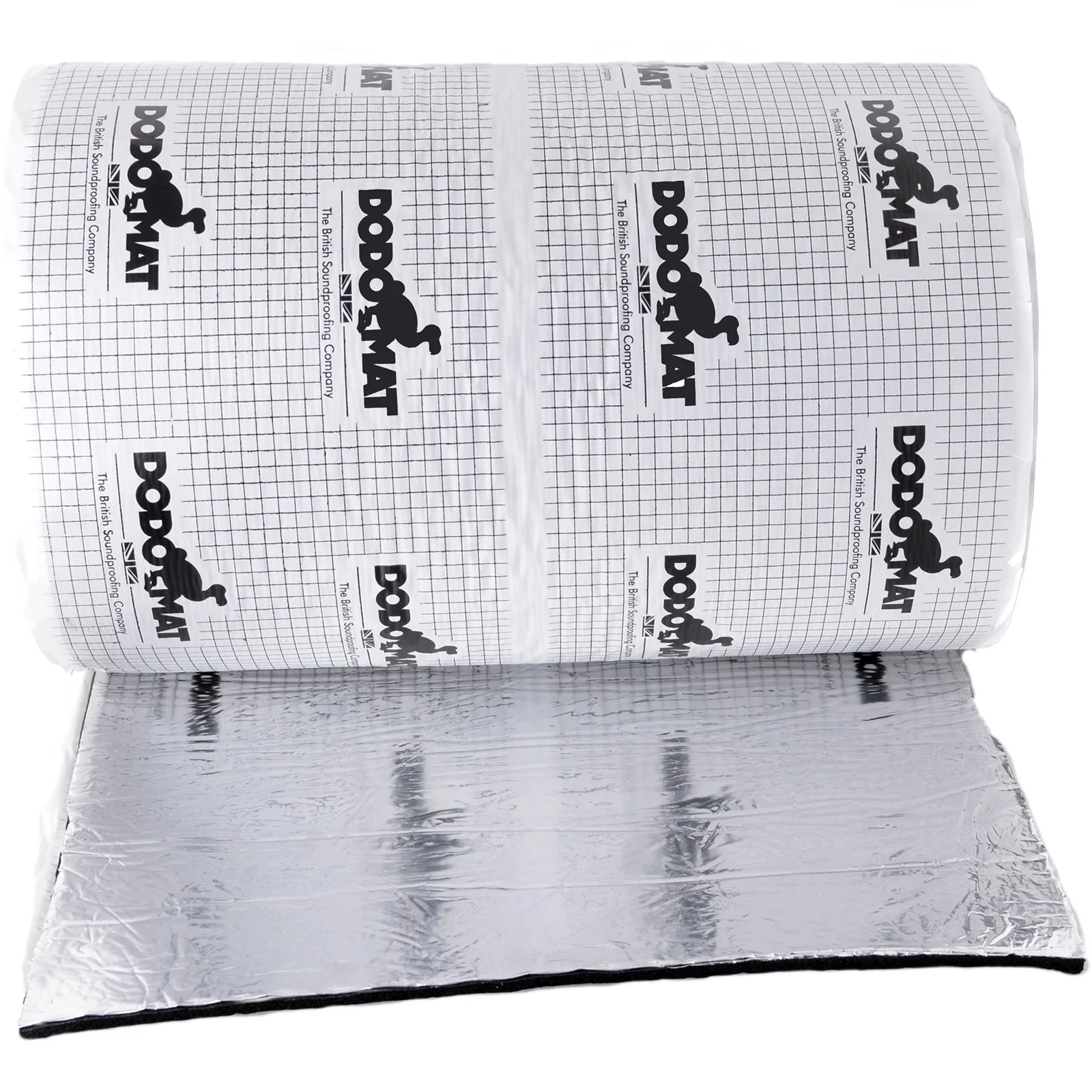
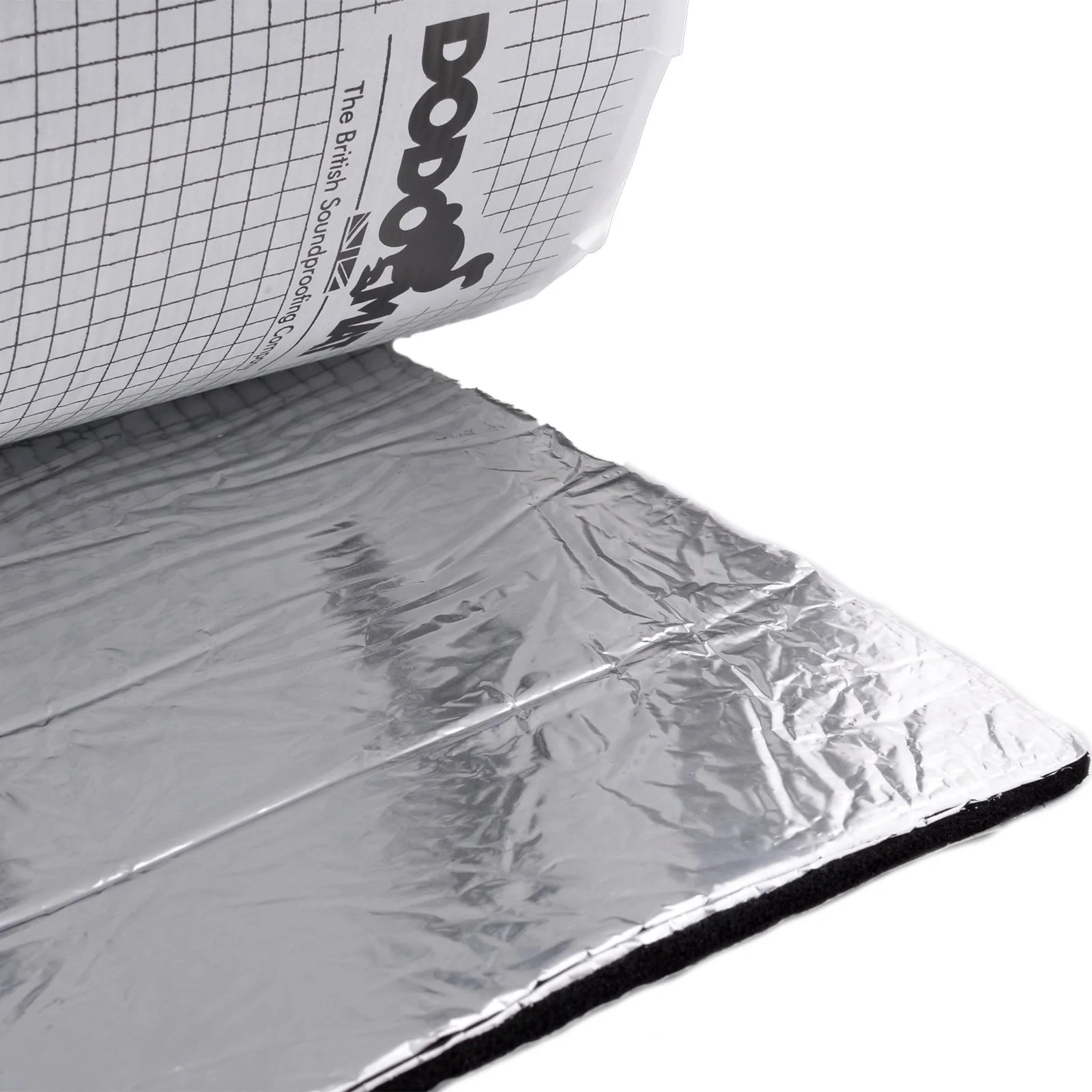
コメント